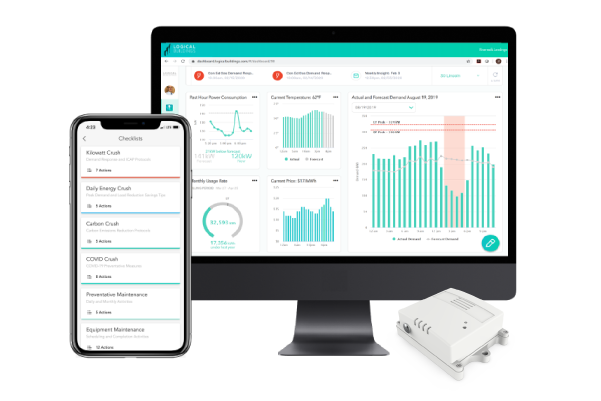In March 2022, the White House announced the Clean Air in Buildings Challenge, a key component of the president’s National COVID-19 Preparedness Plan, which asks building owners and operators, schools, colleges/universities, and other organisations to develop strategies to improve indoor air quality. This initiative will include assessing air quality and making ventilation and air filtration improvements, with the ultimate goal of helping buildings reduce the risk of spreading dangerous airborne particles, says Bryan Witkowski, head of strategic planning and a co-founder at MachineQ.
The Internet of Things (IoT) can play an important role in meeting this challenge, ranging from monitoring and analysing air particulate matter to proactive maintenance recommendations to future operational improvements. But that is just the beginning. Let’s look at how IoT can improve indoor air quality and enable building managers to monitor every aspect of their facility.
Air quality monitoring
While much of the focus on air quality is around outdoor air pollution in large cities, indoor air quality is a rising concern, especially with more people returning to work in offices. A 2021 study by Vaisala surveyed over 4,000 people, and more than one-third stated that they are concerned about the indoor air quality at their place of work.
Indoor air quality can be affected by improper functioning of heating, ventilation, and air conditioning (HVAC) systems. And, with more people back in the office, there will be more dirt, germs, and pollutants that can build up quickly if not monitored properly.

Today, IoT solutions, like Logical Buildings’ SmartKitAI powered by MachineQ uses low-power wireless sensors to monitor and measure air quality inside buildings. The sensors take readings of particulate matter in the air, as well as temperature and humidity levels, to inform building managers whether the ventilation system appropriately filters air to reduce airborne virus transmission.
Building managers receive alerts to initiate remedial action when air quality fails to meet pre-set thresholds. This data informs predictive maintenance tasks, such as detecting underperforming equipment and changing air filters on HVAC systems, so building managers can proactively address situations before they negatively impact air quality.
The air quality in buildings can affect the productivity, health, and wellbeing of employees and residents, and this issue is top-of-mind in the COVID-19 era. Monitoring and controlling indoor air quality is an important task, but it has an important goal to ensure proper and safe working and living spaces for people.
Beyond air quality
Investing in an IoT solution that solves for improved air quality is just the beginning. The value of implementing an IoT solution comes from having an IoT platform that enables building managers to scale use cases over time, such as water leak detection and prevention and reduced energy usage.
For example, insurers pay out $2.5 billion (€2.35 billion) for water damage claims each year. Thanks to IoT applications, sensors can monitor water, humidity, and temperature to detect leak anomalies that indicate problems such as leaking pipes. When something goes wrong, the sensors use wireless connections to issue alerts and can automatically trigger a valve shutoff to minimise the damage all of these benefits aid in cutting down on potential water damage claims.

Data from these sensors is collected continually to help with water use management and reduce waste. The technology is beneficial in preventing damage that can cause shutdowns and reducing water use when possible.
IoT-based solutions can give building owners and operators real-time data and information to take quick action whether it is in response to a federal clean air initiative, reducing energy and operating costs, or achieving ESG sustainability goals.
The author is Bryan Witkowski, head of strategic planning and a co-founder at MachineQ
About the Author
Bryan Witkowski is the Head of Strategic Planning and a co-founder of MachineQ, an enterprise IoT company within Comcast. Bryan and his team are responsible for defining the company strategy by analysing and evaluating potential areas of growth and development through new solution offerings and partners. Additionally, Bryan manages business development and overall financial planning for MachineQ.
Comment on this article below or via Twitter: @IoTNow_OR @jcIoTnow






